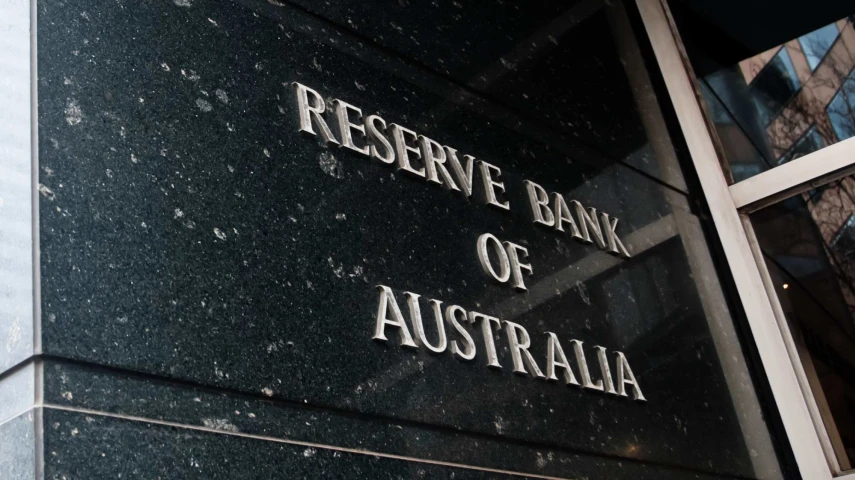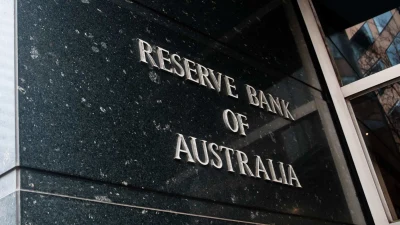RBA makes unexpected rate decision



The Reserve Bank of Australia (RBA) announced it is holding interest rates at 3.85 per cent in an unexpected move.
In its statement on 8 July, the RBA said it had opted to hold rates as the “outlook remains uncertain” and that the board voted for the hold by a majority of six members to three.
“The board continues to judge that the risks to inflation have become more balanced and the labour market remains strong. Nevertheless it remains cautious about the outlook, particularly given the heightened level of uncertainty about both aggregate demand and supply. The board judged that it could wait for a little more information to confirm that inflation remains on track to reach 2.5 per cent on a sustainable basis.”
Ahead of the announcement, economists had widely expected the RBA would cut rates, with market pricing via the ASX RBA Rate Tracker suggesting a 97 per cent chance of a cut.
Of the major banks, NAB has most consistently held the view that the RBA will deliver a July rate cut, updating their forecast in early April this year – roughly a week after US President Donald Trump’s so-called “Liberation Day” tariff announcement shook markets and economic commentators.
ANZ, shifting its rate call from August to July mere days before the board’s meeting, cited stalled consumer confidence and uncertainty around US trade policy as supportive of a cut.
The major bank’s head of Australian economics, Adam Boyton, said the RBA may view a July cut as “the path of least regret”, opting not to wait for the full forecast update and the August Statement on Monetary Policy (SMP).
Recent data has shown Australia’s labour market holding steady at around 4.1 per cent for nearly a year – a stronger-than-expected outcome compared to the RBA’s assumptions in the May SMP.
Meanwhile, the latest May monthly consumer price index (CPI) print, released by the Australian Bureau of Statistics last month, showed a monthly increase of 2.1 per cent, lower than market consensus of 2.3 per cent, marking the lowest reading since October 2024.
On the back of these economic data flows, the Commonwealth Bank of Australia’s senior economist, Belinda Allen, confirmed the major bank had shifted its rate cut call to July.
But much like her contemporaries in ANZ and Westpac, Allen noted at the time that the decision to cut in July would still be a close one.
“The case to leave the cash rate on hold would be around diminished trade uncertainty since the heightened May environment, a still tight labour market and wanting to see a full quarterly CPI print,” Allen said. “We expect though a 25 basis point cut will make the stronger argument.”
Similarly, last week, HSBC chief economist Paul Bloxham noted the RBA’s growing openness to rate cuts if inflation continued to ease, adding that while weaker-than-expected GDP figures in early June may support a case for easing, they wouldn’t necessarily be sufficient to force the RBA’s hand.
However, with the addition of weaker monthly CPI figures, he ruled a cut most likely.
Recommended for you
While model figures provide valuable insights on how advisers can draw benefits from managed accounts, Zenith’s head of portfolio solutions has argued that professional judgement and quality research are key to successful implementation.
While the number of financial services staff using AI has almost doubled in the last year, two surveys have revealed that fast-paced AI adoption has led to governance gaps and growing concerns about job security.
Entireti has partnered with Striver to connect graduates and job seekers with its advice network to support the placement of new talent.
ASIC has cancelled the Australian financial services licence of Ivy League Capital Pty Ltd, a firm authorised to provide advice in relation to managed investment schemes.











